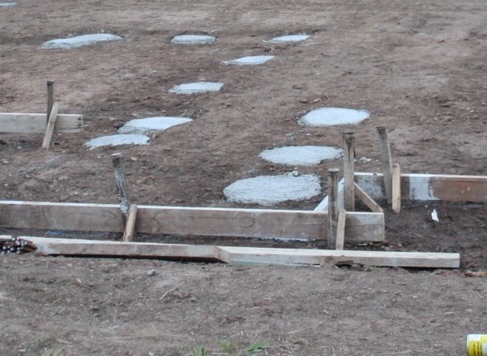I have previously posted about building on fill using Concrete Piers.
Well one alternative to constructing concrete piers is to use Screw Piles such as the one to the right.
These are made from a thick steel tube with:
- A cutting edge on the bottom.
- A spiral plate close to the bottom.
- A keyway at the top to lock into the drive tool.
The pile is screwed into the ground using a drive tool mounted on an excavator.
Screw piles will normally be more expensive than concrete piers when only a few shallow piles are needed.
They can be cost effective, and fast to install, when a larger number of piles are required or soil disposal is a major problems.
Other advantages are:
- There is minimal spoil to be removed from site.
- You don’t have to worry about rain as much during the installation.
- They can be easily installed when the base of the pile is below the water table.
- They can be installed in very restrictive locations.
Edit based on question I received
If you are worried about corrosion normal screw piles are fairly thick steel to stand the driving forces (individual thickness of material may vary)
Typically corrosion for plain steel piles in natural ground can be in the range 0.12 – 0.3 mm in 10 years, although galvanised steel will be less.
